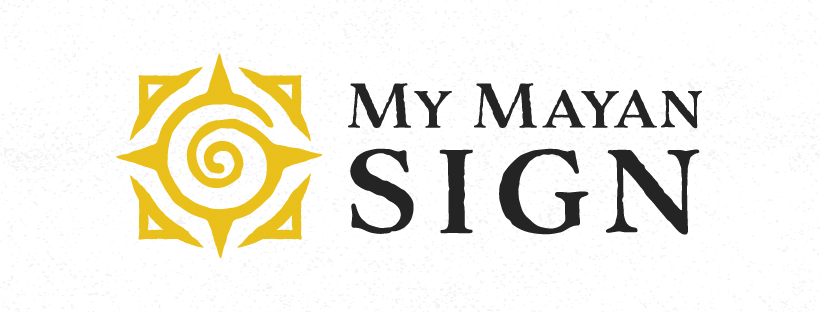The Maya civilization was one of the pioneers that developed complex math systems using the concept of zero. They made astronomy the center of their lives. This civilization understood astronomy better and used it to forecast solar eclipses. They developed calendars and planned planting and harvesting seasons.
This ancient knowledge can be sustained by integrating it into modern education. Understanding indigenous knowledge empowers modern learners with research and analysis ideas. They appreciate culture and acquire a holistic way of learning.

Mayan educational practices and achievements
The Mayans valued teaching skills at family and societal levels. Parents began teaching their children soon after learning to speak. They were taught to build character and learned to cooperate with others from an early age. These values were taught through oral traditions and giving roles.
The approach you take when writing an essay depends on the topic and detail required. Focus on writing the best quality paper through detailed research to better your grades. If you find understanding how to write an essay challenging, get online help. Professional writers from EduBirdie Canada can help you write the best quality paper. They provide online help to students in Canada and also in other countries. These professionals have many years of experience in academic writing and editing and deliver beyond what you expect.
In Mayan culture, children were mentored and taught through play. Children who excelled in oral education were allowed to advance into traditional schools. At this level, they were taught by priests and considered nobles. It was at this level that they were taught astronomy and writing.
They learned other subjects including medicine, science, and mathematics. Formal schooling was reserved for elite children from noble families. This education translated into many achievements in science. They gained expertise in astronomy, engineering, and farming.
This society developed a calendar system, built elaborate cities, and developed complex communication systems. They developed the concept of zero, which helped them learn to do large-number calculations with great accuracy.
Lessons from Mayan educational values
The Mayan culture played an important role in instilling knowledge and values in children. The entire community was responsible for teaching skills to the young generation. The knowledgeable freely shared skills to help push the community towards advancement.
Nature played an important role in spreading and advancing education. The community was observant of their surroundings including celestial bodies. They observed plants, from which they learned agriculture and medicine. It helped them learn sustainability and valuing nature, preserving ecosystems, and natural resources.

Application in modern education
The Mayan education system teaches that everything is interconnected and works in harmony. The community believed time is cyclical and evolved around cycles of life. They believed the celestials were connected to the earth and revolved around it. These concepts can be integrated into the modern teaching of science, history, and geography. Here are examples.
- The Mayan calendar influenced the community’s history and periodical events. This can be integrated to teach ecological balance, astronomy, and math.
- Their concept of space influenced their agricultural and astronomical practices. These concepts can help promote sustainable learning, mentorship, and experimental learning.
- They engaged in peer-to-peer learning and formal, and societal education. This can be integrated into the curriculum where educators introduce collaborative projects.
Case studies
Mexican schools integrate indigenous education programs. They teach Mayan culture and language to instill its traditional concepts in modern students. Schools in Guatemala also teach Mayan ecology in their curriculum. They teach Mayan spirituality and cosmology, which help preserve this rich heritage.
Integration of indigenous teaching preserves this language and helps with understanding ecological and environmental science. These programs not only preserve culture but also indigenous language and educational processes.
Challenges and considerations
Authentic teaching of Mayan knowledge in schools could face a challenge. Younger educators might not be equipped with all the details about this knowledge, which could lead to misrepresentation. They can avoid this by working collaboratively with Mayan’s older generation. They need collaboration with cultural professionals when designing school curricula.
There is a need to present balanced traditional teaching with the school curriculum. This avoids leaning too much on one side. For example, educators may lean more on modern technology and ignore traditional. Balancing creates harmony ensuring educators achieve the academic goals of this integration.
Conclusion
Integrating Mayan educational concepts with modern curriculum can help preserve the language and culture. It is important for encouraging learning engagement and practical skills. Educators should research further and understand how Mayan concepts strengthened the community. They need to be creative when integrating this knowledge into the curriculum.
Author bio:
Nicole is an excellent academic writer covering several subjects like history, science, math, economics, etc. Her uncanny ability to shift gears from one topic to another while maintaining pace and quality is what gets her 10/10 results in every paper ordered by clients. She’s also pursuing a doctorate which gives her an edge in writing college essays and research papers.

